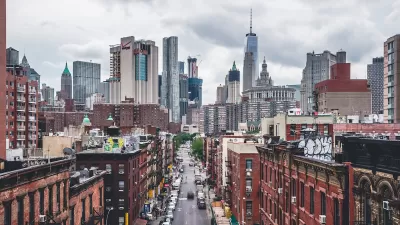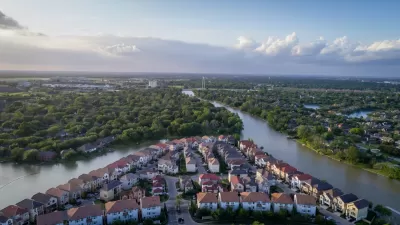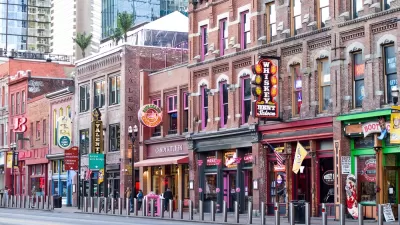The Chinese government wants an influx of nearly 100 million new urban residents by 2020. In order to accommodate a migration of this nature, China's urban planners are tasked with creating cities to be more livable.
It has taken Chinese officials nearly 40 years to reconvene and discuss best practices for developing the country's urban centers. Now, with nearly half of the population living in cities, and an additional 100 million desired, "central government officials pledged to tackle air pollution, traffic gridlock, and lack of civic resources." reports Sarah O'Meara.
The passion that China's urban planners bring to large scale city design is easy to find in theory, implementing these design projects however have come with their fair share of challenges. "The laws in the field make it very hard to innovate. Every city is made by the planning authority, under the existing planning management system, according to existing standards. They all share one law. That’s why they are all the same." says Jinkui Li, a senior researcher as Shenzhen-based think tank China Development Institute.
Experts indicate that planning policy in China needs to change to better assist the professionals in meeting the needs of creating livable communities. Beijing-based urban planner Jasmine Tillu says “At the moment, you have leaders saying ‘Make urban planning more sustainable,’ but the actual on-the-ground policies don’t allow for it."
As for the rise in prominence of new urban centers, experts point to the established "urban villages" on the fringe of China's megacities, Beijing, Shanghai, Guangzhou and Shenzhen. These villages are known to be the most hospitable transitions for many migrants leaving the countryside for a new urban life. Changes are happening and it is exciting urban planners globally. If China's officials are able to step away from a "top-down, large scale" planning model and provide the residents civic engagement opportunities the future is bright.
FULL STORY: Making China's Urban Fringes More Livable

Americans May Be Stuck — But Why?
Americans are moving a lot less than they once did, and that is a problem. While Yoni Applebaum, in his highly-publicized article Stuck, gets the reasons badly wrong, it's still important to ask: why are we moving so much less than before?

Using Old Oil and Gas Wells for Green Energy Storage
Penn State researchers have found that repurposing abandoned oil and gas wells for geothermal-assisted compressed-air energy storage can boost efficiency, reduce environmental risks, and support clean energy and job transitions.

Placekeeping: Setting a New Precedent for City Planners
How a preservation-based approach to redevelopment and urban design can prevent displacement and honor legacy communities.

San Francisco’s Muni Ridership Grew in 2024
The system saw its highest ridership since before the Covid-19 pandemic, but faces a severe budget shortage in the coming year.

Colorado Lawmakers Move to Protect BRT Funding
In the face of potential federal funding cuts, CDOT leaders reasserted their commitment to planned bus rapid transit projects.

Safe Streets Funding in Jeopardy
The Trump administration is specifically targeting bike infrastructure and other road safety projects in its funding cuts.
Urban Design for Planners 1: Software Tools
This six-course series explores essential urban design concepts using open source software and equips planners with the tools they need to participate fully in the urban design process.
Planning for Universal Design
Learn the tools for implementing Universal Design in planning regulations.
Heyer Gruel & Associates PA
City of Moreno Valley
Institute for Housing and Urban Development Studies (IHS)
City of Grandview
Harvard GSD Executive Education
Salt Lake City
NYU Wagner Graduate School of Public Service
City of Cambridge, Maryland





























